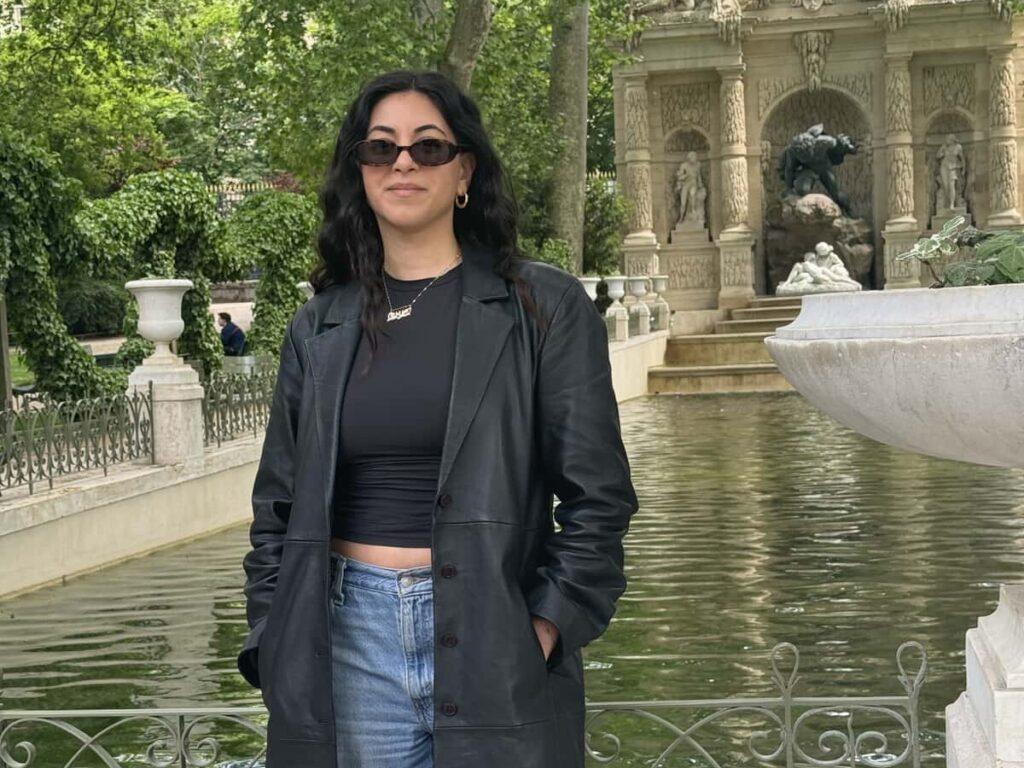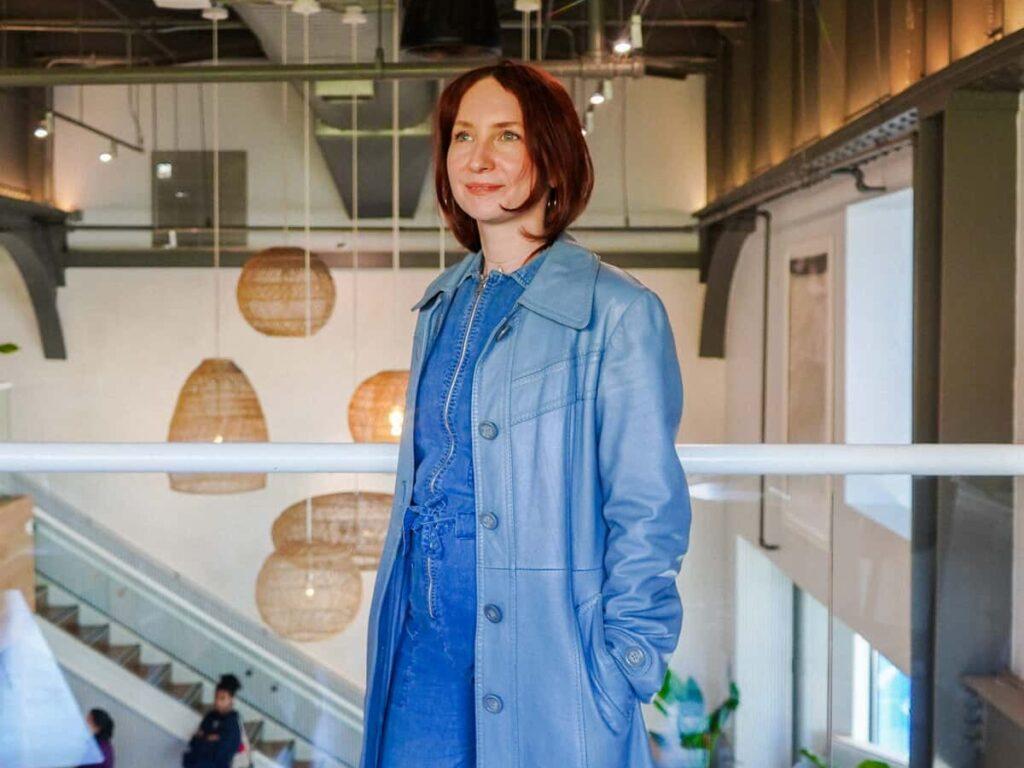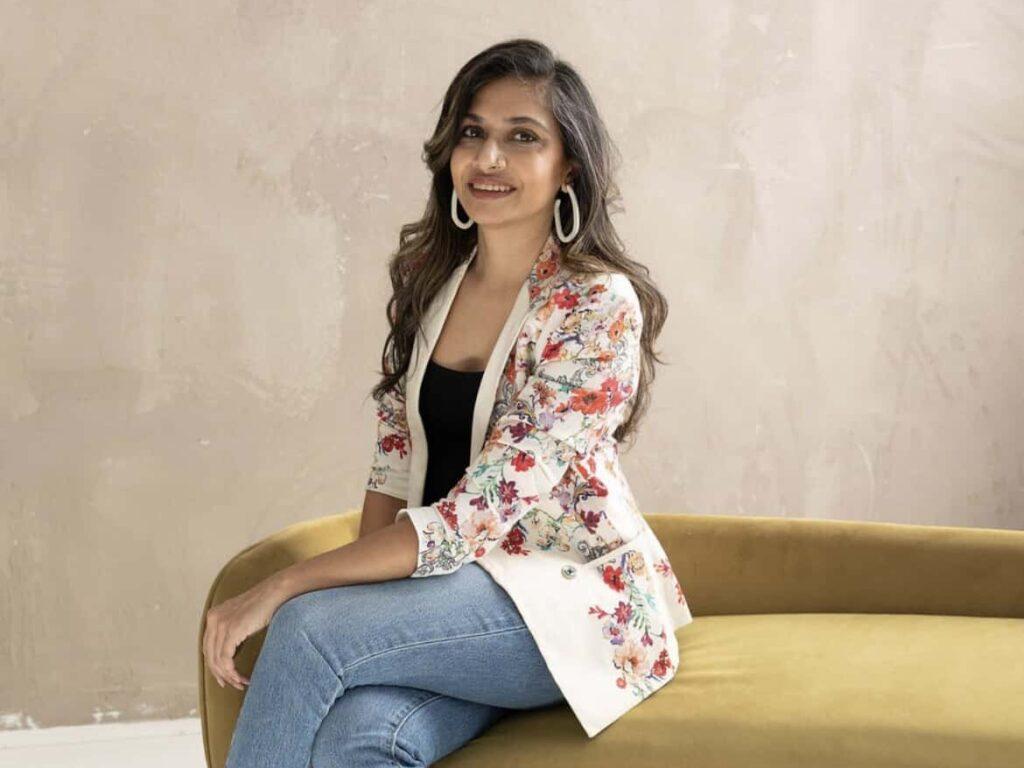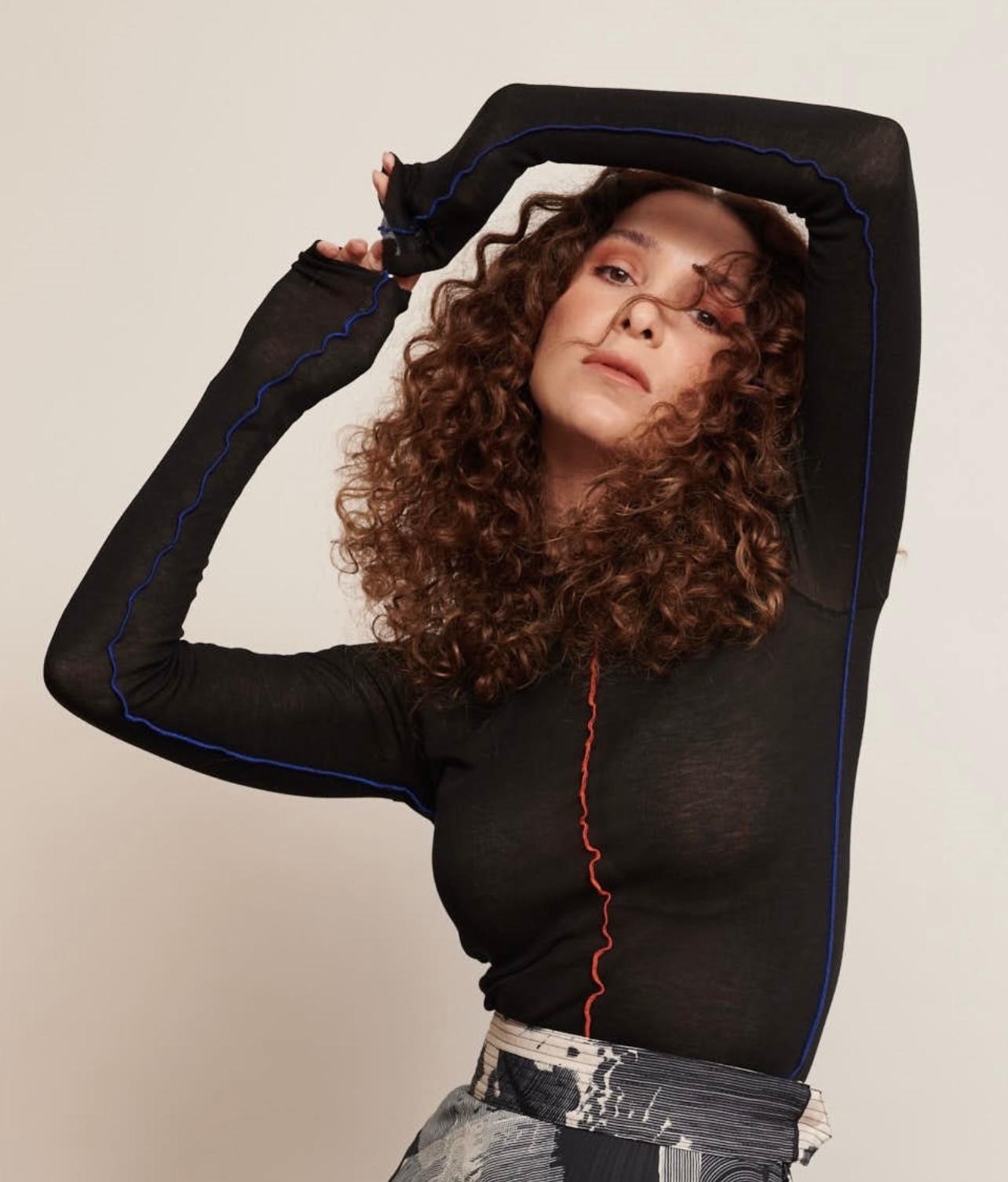From Fast Fashion To Slow Living: How Ambitious Women Are Redefining Style With Purpose

For decades, fast fashion has dictated the rhythm of closets: instant trends, low-cost production, and endless consumption. But as conversations around sustainability, wellness, and conscious living continue to gain momentum, a different kind of wardrobe is emerging. For millennial women balancing careers, creativity, and personal growth, style is no longer just about aesthetics — it’s a reflection of values.
From capsule wardrobes and vintage treasures to rental programs and women-led ethical labels, ambitious women are embracing slow fashion as an extension of how they approach career, money, and life. Their choices reveal a growing cultural shift: one where sustainable style becomes a marker of empowerment, leadership, and authenticity.
Embracing Sustainable Fashion
For fintech content writer Aziza Okab, adopting sustainable practices is about balancing timeless pieces with flexibility.
“I try to purchase more timeless, staple pieces that I can mix and match and that will last the test of time. I love a good vintage or secondhand item,” she said.
Yet, she’s quick to point out the challenges.
“Even vintage and thrifting has become somewhat of a luxury,” she said. “Sustainable fashion is no longer accessible to everyone, and that’s a big conversation we should be having.”
To experiment without overcommitting, Aziza turns to clothing rental services like Nuuly. She said she sees them not just as a solution for personal style, but as a model for reducing waste. Her building’s women’s group even set up a clothing-borrowing chat, reminding her of the joy of swapping clothes as teenagers.
“As women, we constantly feel pressure to be stylish and sustainable — and then we attack each other for choosing less sustainable options instead of pointing fingers at the industry,” she said.

Value Lies In Longevity
For Ellen Saville, an adjunct professor of textiles at FIT and sustainability lead at Calico Manufacturing, the value of clothing lies in its longevity and story.
“Eighty percent of my closet is vintage or secondhand,” she said. “If you have a stronger emotional bond with the clothing you buy, the more chance you’ll keep it for a longer time.”
Ellen said she shops selectively, investing in high-quality pieces from independent designers — often women or people of color — because she believes in the power of consumer choice. But her perspective has evolved.
“Ten years ago, I thought you could shop yourself into sustainability,” she said. “Now, I think the deeper issue is buying fewer things and embracing circularity. It’s not about consuming more ‘ethical’ products, but about rethinking how and why we consume.”

How ‘Living Slow’ Embraces Sustainability
Comedian and actor Maya Akra experienced slow living by accident. When she traveled for a short shoot in Jordan, she brought only her character’s wardrobe — then unexpectedly stayed for nearly a year.
“At first, I missed my clothes so much,” she said. “But slowly, I detached from things and realized I didn’t need all that stuff.”
Today, Maya said she relies heavily on secondhand shopping and rental platforms like Rent the Runway, through which she estimates she’s saved more than $150,000 over four years.
“I like not being attached to items,” she said. “Renting gives me the liberty to always feel fresh, without accumulating clutter or stagnant energy in my closet.”
Her approach extends beyond consumption: she regularly gives away clothing in New York’s Washington Square Park, ensuring her pieces find new homes.

For Vanesha Patel, lead creative director at Chase Bank, slow fashion is about intentionality. Since 2016, she’s implemented a “one in, two out” rule: whenever she buys something new, two items must leave her closet.
“It keeps me from impulse spending,” she said.
She also donates directly to women’s shelters and organizations supporting survivors of domestic abuse, ensuring her clothing goes where it’s needed most. Her purchasing habits are equally deliberate.
“If I buy something, it has to work year-round,” she said. “A blouse has to layer for winter and work for summer. Everything in my closet has to have multiple lives.
Longevity, versatility, and respect for natural fibers guide her decisions, even when she occasionally buys from fast-fashion retailers.

What connects these women is not a single formula for sustainable style, but a shared refusal to consume mindlessly. They’ve embraced practices that align with their values — whether it’s thrifting vintage, renting designer pieces, swapping within communities, or donating with intention. Their approaches reflect a broader truth: slow fashion isn’t just about clothing.
It’s about leadership, authenticity, and rewriting the narrative of success.
“We should be asking why we feel the need to consume so much in the first place,” Aziza said.
In redefining style with purpose, these women show that ambition and sustainability can coexist—not in competition, but as complements. The result is a new form of power dressing: one that’s less about trends and more about impact, care, and legacy.






